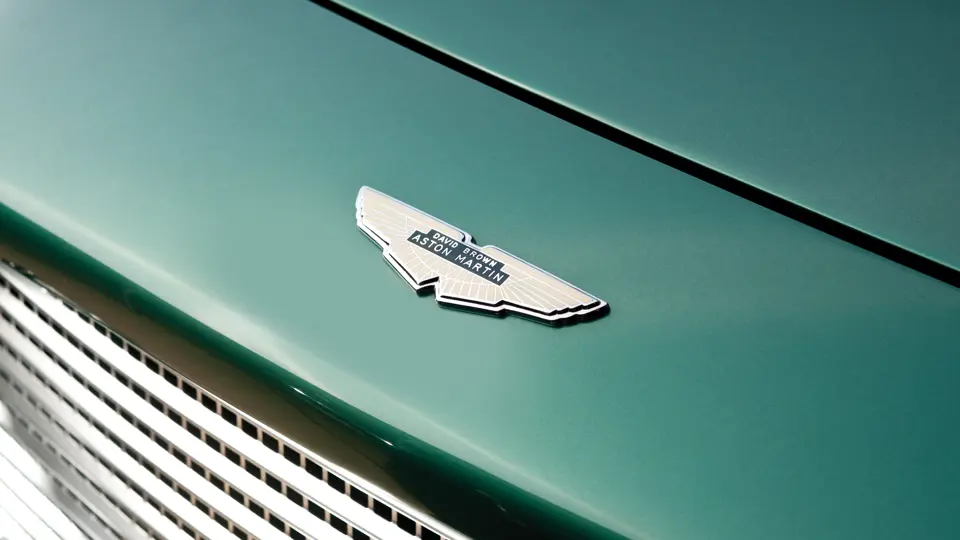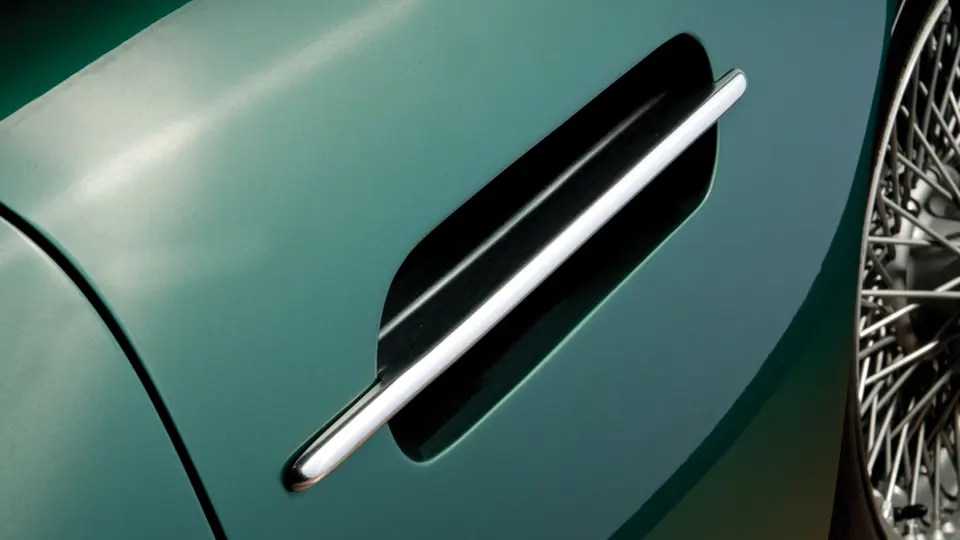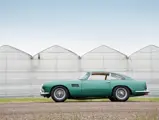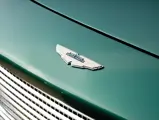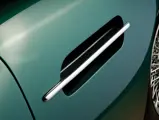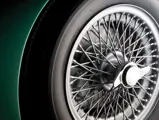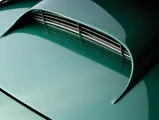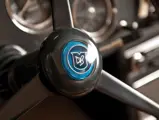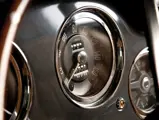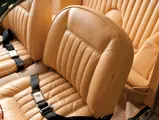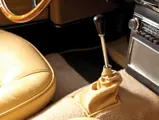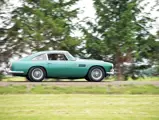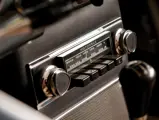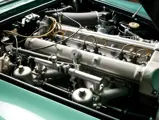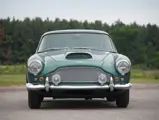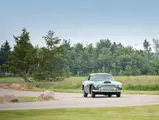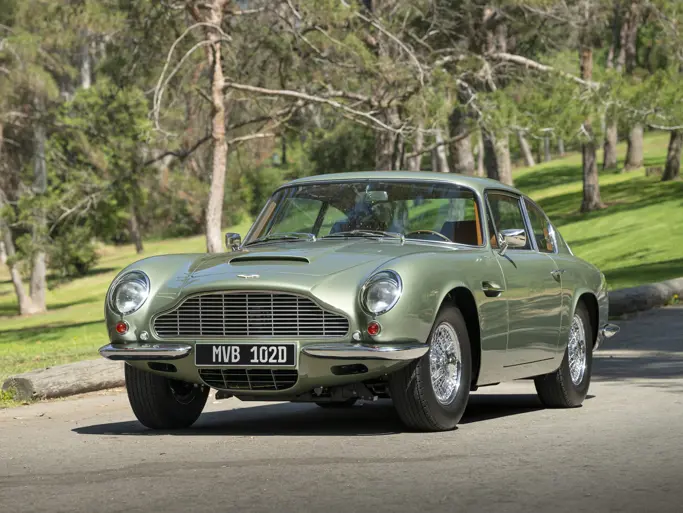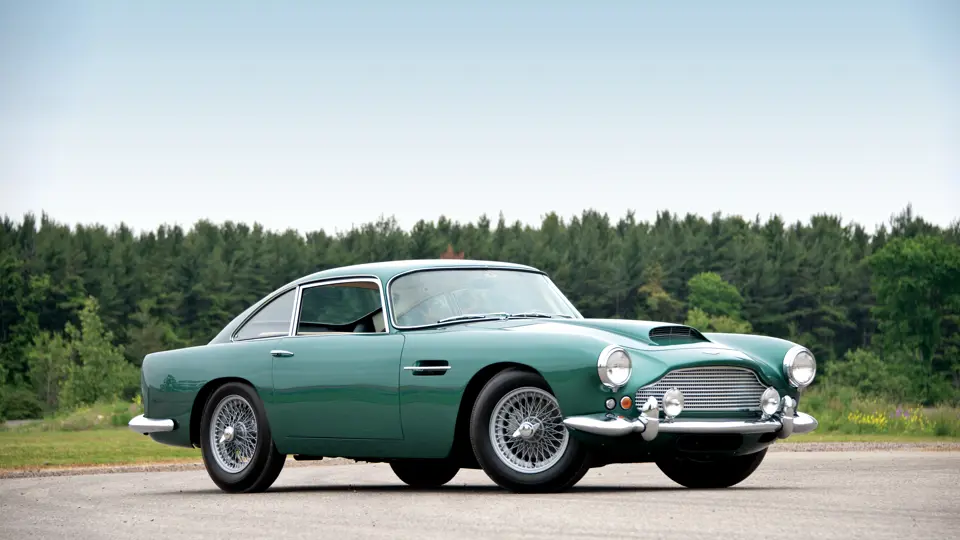
1960 Aston Martin DB4 Series II
{{lr.item.text}}
$632,500 USD | Sold
{{bidding.lot.reserveStatusFormatted}}
- One of the best, most original, and perfectly restored DB4s available for public sale
- Desirable left-hand drive example; three documented owners from new
- Elite class winner of the AMOC Lime Rock Park Concours
- Ready for further shows and road rallies
The title for this vehicle is in transit.
240 bhp, 3,670 cc DOHC alloy inline six-cylinder engine with dual HD/8 carburetors, four-speed manual DB gearbox, Salisbury 3.54:1 rear end, independent front suspension with upper and lower control arms and coil springs, rear live axle with Watt linkage, trailing arms, and coil springs, and four-wheel disc brakes. Wheelbase: 98 in.
While tractor and machine tool manufacturer David Brown’s first DB2 series of road cars (1949–1958) was largely based upon pre-war technology, the DB4 Aston Martin was a totally new and thoroughly modern motor car. Unveiled at the 1958 London Motor Show to rave reviews, the DB4 was a significant achievement for the small British manufacturer. The monocoque, punt-type chassis, developed under Harold Beach, featured a coil-over A-arm front suspension with an anti-sway bar and a live rear axle located by trailing arms and a proper Watts linkage, also, of course, coil-sprung. The coachwork utilized the vaunted Carrozzeria Touring process, in which a skeleton of small diameter steel tubing supported the all-alloy body paneling, which, created a very light yet rigid structure. Although styled by Touring, DB4’s sleek fastback body was actually produced by Aston’s own highly skilled panel beaters in Newport Pagnell.
The new DB4 engine was a rugged alloy six cylinder DOHC unit of 3,670-cubic centimeter capacity, developing approximately 240 brake horsepower at 5,500 rpm. Designed by a recently hired engine-maven, Czech-born Tadek Merak, this engine, and its variants, was to enjoy a decade long life as the motive power for the DB4, DB4 GT, DB5, and DB6 series of David Brown’s road cars. The lightweight, alloy-cased, four-speed synchromesh gearbox was an in-house design, built by David Brown’s gear and machine tool division. Four-wheel disc brakes by Dunlop or Girling, depending on the model, provided immediate stops, especially when compared to the old DB2 series’ original drum brakes.
Effortlessly modern and breezily international, the original DB4 Series II Astons hit the sweet spot between Crown and Continent. In its October 3, 1958, issue, Autocar explained, “When the products which are raced bear such a close resemblance to those which can be bought by the public, only the most biased can deny the value of racing in improving the breed. It is no surprise that the DB4 is based on an engine which first appeared in the DBR-2 in some of last year’s races.”
According to the provided factory build sheet, chassis 347/L, one of only 45 LHD Series II cars listed in the 2005 AMOC Register, was completed on August 12, 1960, prior to being dispatched to Montreal, Canada’s, Aston dealer, Budd & Dyer. The car was sold to the first owner, the proprietor of Percy Dress Inc. on 460 St. Catherine Street West in Montreal, and registered on June 12, 1961. The “Service” section of the build sheet lists six major work procedures carried out during the year following the sale (1961–1962), including new engine mounts, brake pads, carburetor needles and jets, drive shaft flanges, and a speedo cable and clutch system, as well as adjustments to door locks and strikers, a heater, a radiator blind, valve timing, timing chains, a hand-brake, and the starter. It is not known how long this DB4 remained with the first owner in Quebec, but, by 1979, thirty-four years ago, it was acquired from the second owner, the Performance Garage in Ontario, by the current restorer.
A UK-trained mechanical engineer, the latter commenced a total body and mechanical restoration, which was to occupy the best part of a decade, being completed in 2008. Describing him as a “painstakingly particular perfectionist” may, in this case, amount to a bit of an understatement. As an example, the DB4 was painted three times: The first paint job on the restored bare alloy zinc-chromated panels was slightly “off” in color. The second displayed imperceptible blemishes, but the third paint job was determined to be “perfect.” The mechanical and engine restoration was completed to the same standard, with all parts being ordered from factory agents, Aston Services in Wimbourne, Dorset, United Kingdom, or Heritage Aston dealers in the U.S.A.
Starting in 2008, 347/L aced every concours and show it entered, including First Place in the DB4 class (2008) and the Elite class (2009) at the Lime Rock Park Aston Martin Owners Club Meeting. Further wins at British Car Day in Bronte Park, Ontario, as well as First Place in the 2012 Marques d’Elegance at Paletta Mansion in Burlington, Ontario, confirm the car’s current condition. It is not just a trailer queen, as it also drives superbly, having travelled some 4,000 miles to and from all of its concours appearances!
While most restored DB4s seem to end up radically modified in the process, even from respected English Aston specialists, with such things as oversized engines on triple carbs, suspension and brake modifications, wide wheels, and tires, this DB4 is as mechanically exact as it was when it left the factory on August 12, 1960, being a “time-warp” template of actual factory specifications.
Included, of course, are books, manuals, a factory build sheet, and a correct jack and tool kit, plus a 16-inch spare wheel and tire.
If matching numbers, rarity, and a consummate total restoration are purchase criteria, this original left-hand drive Racing Green Series II DB4 Aston Martin Saloon demands close scrutiny.
Please note that an import duty of 2.5% of the purchase price is payable on this car if the buyer is a resident of the United States.

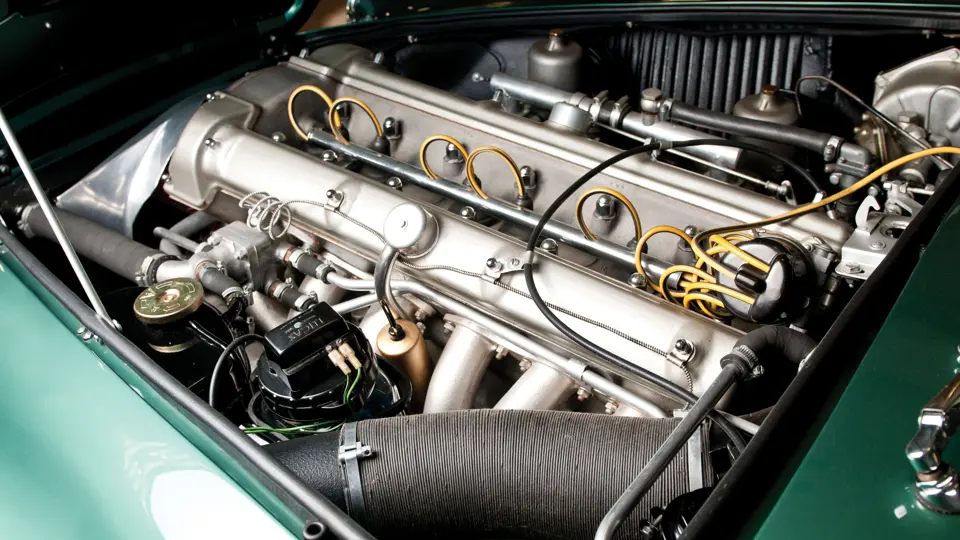


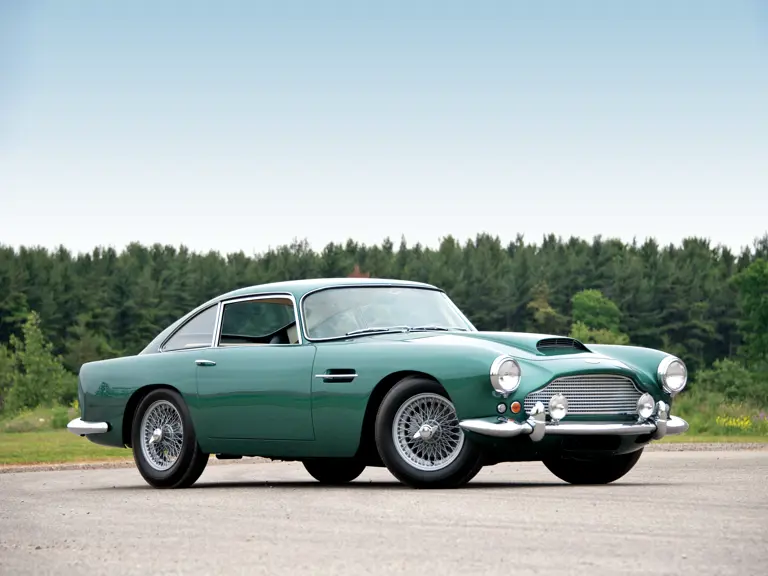
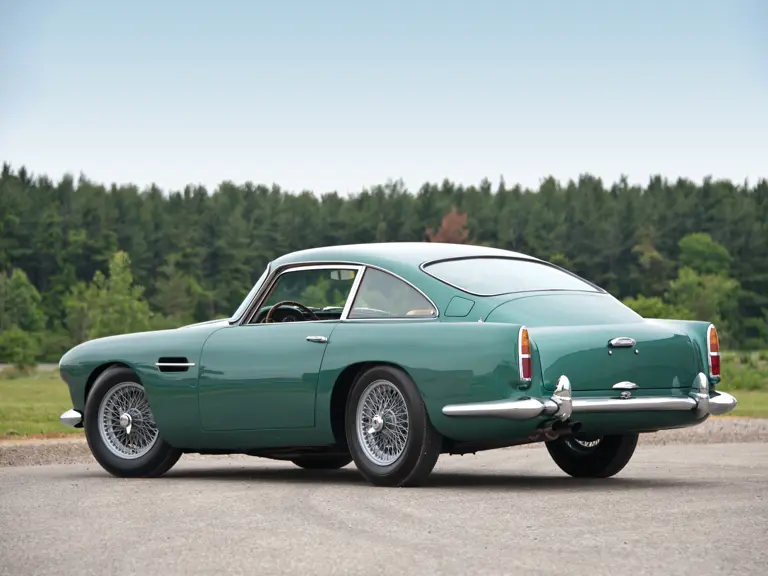
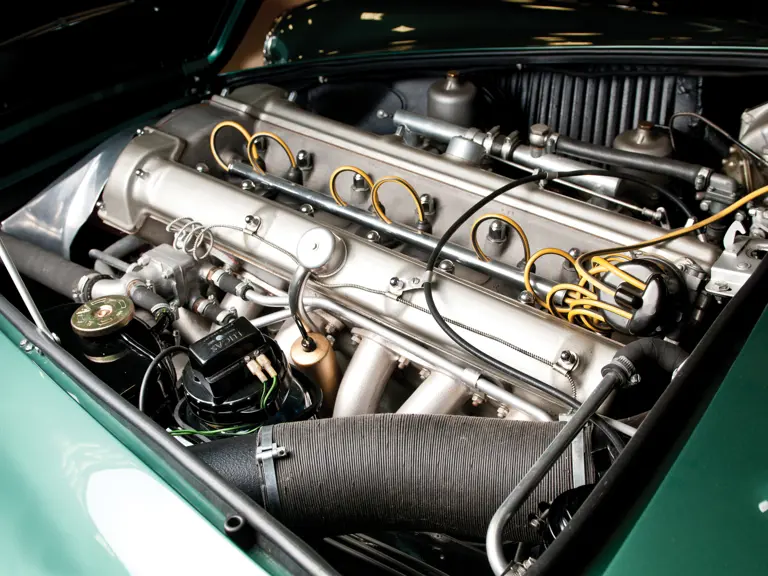
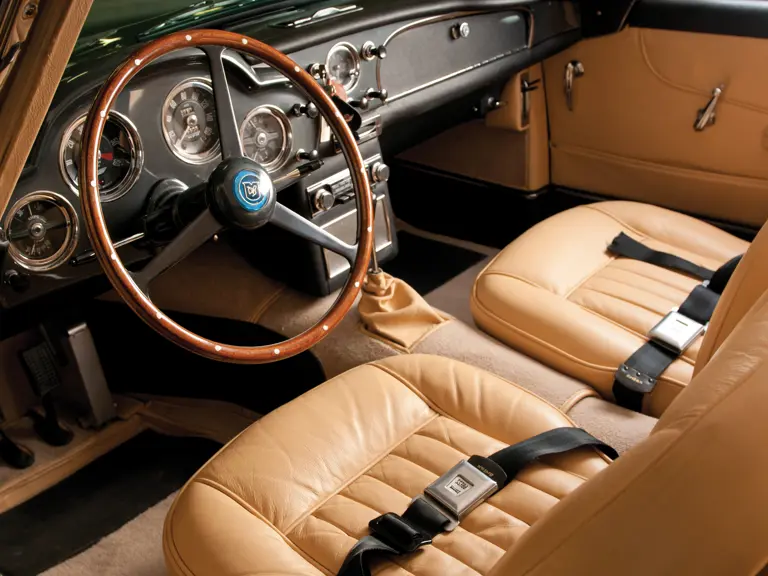
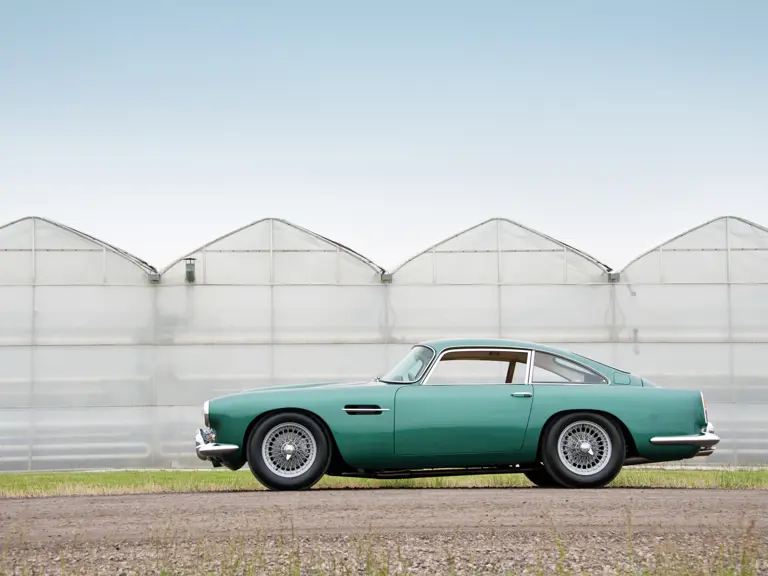
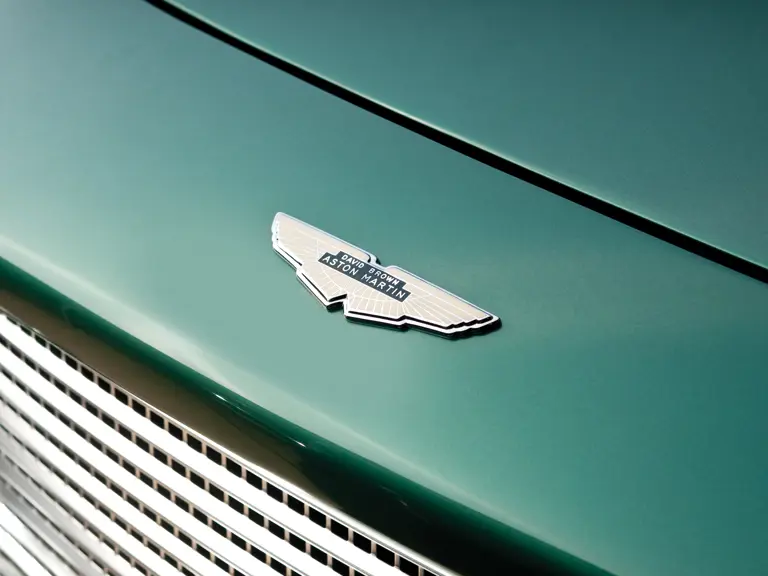
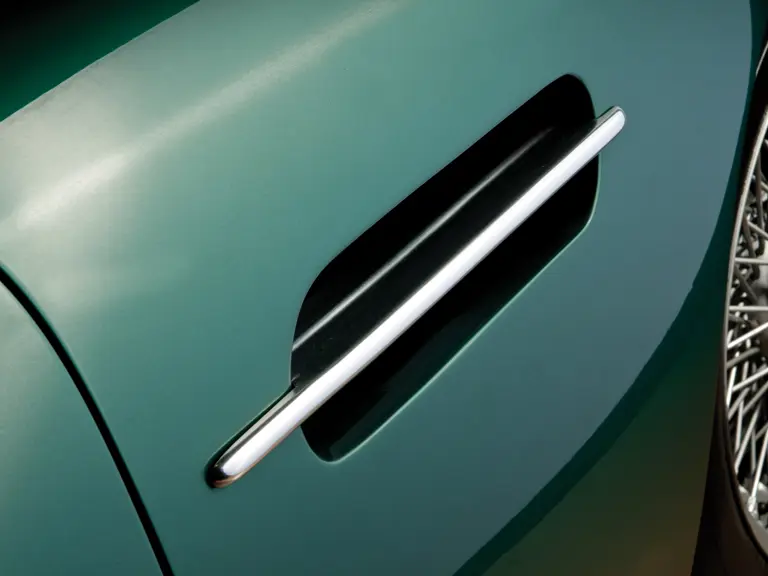
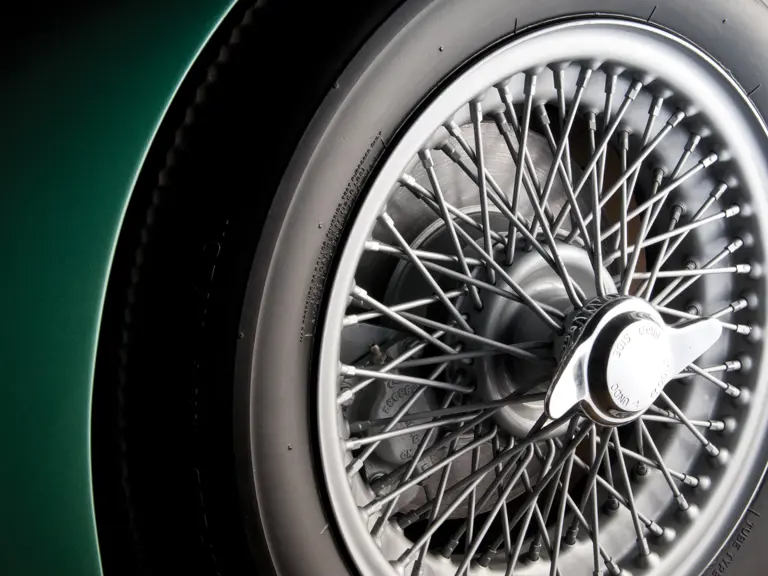
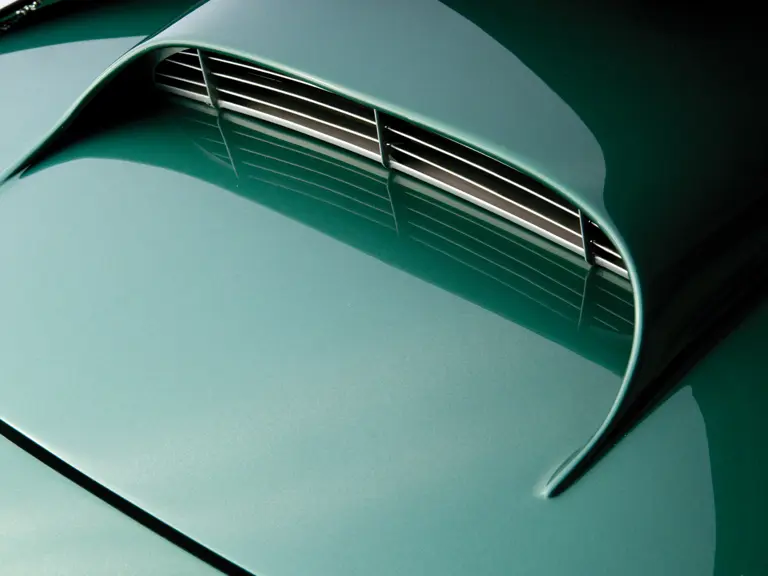
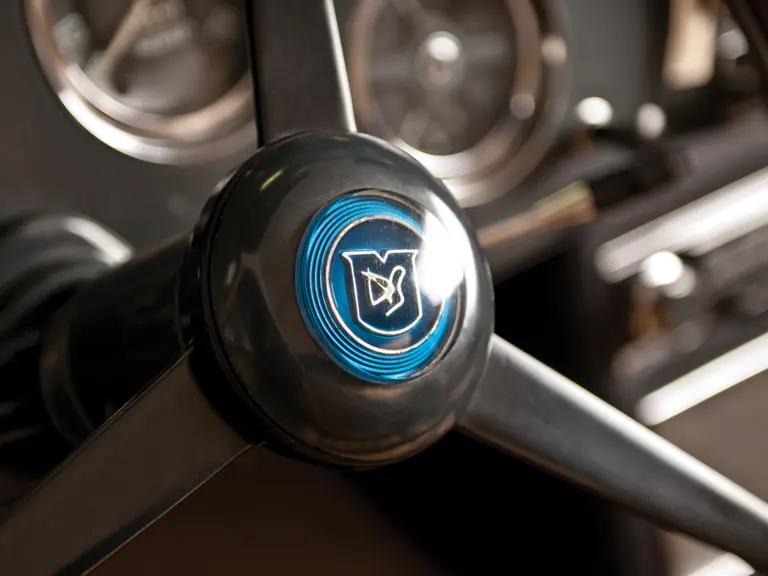
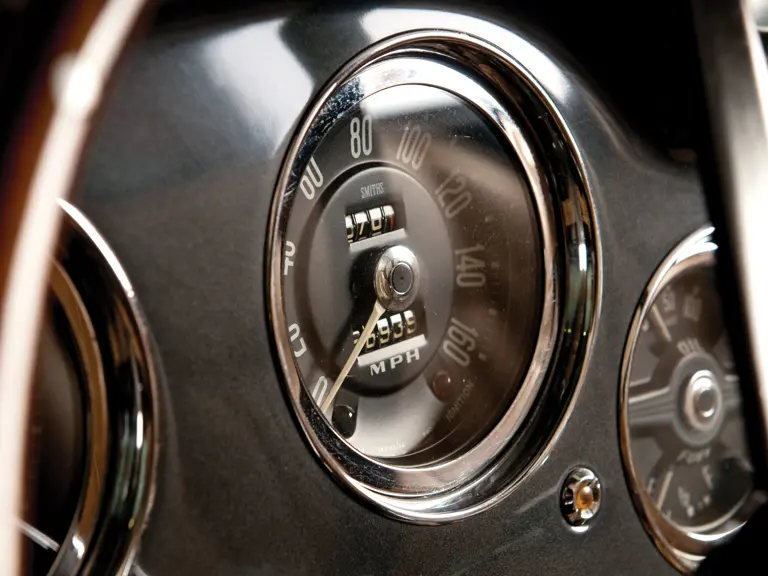


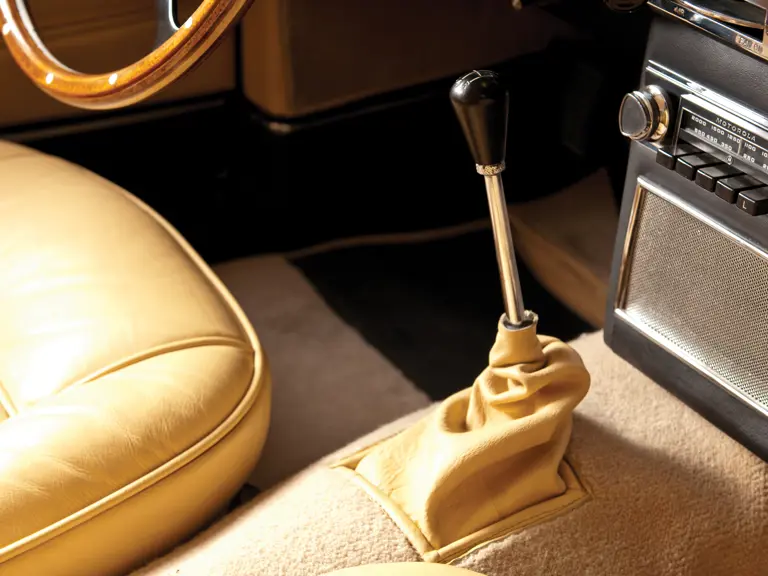
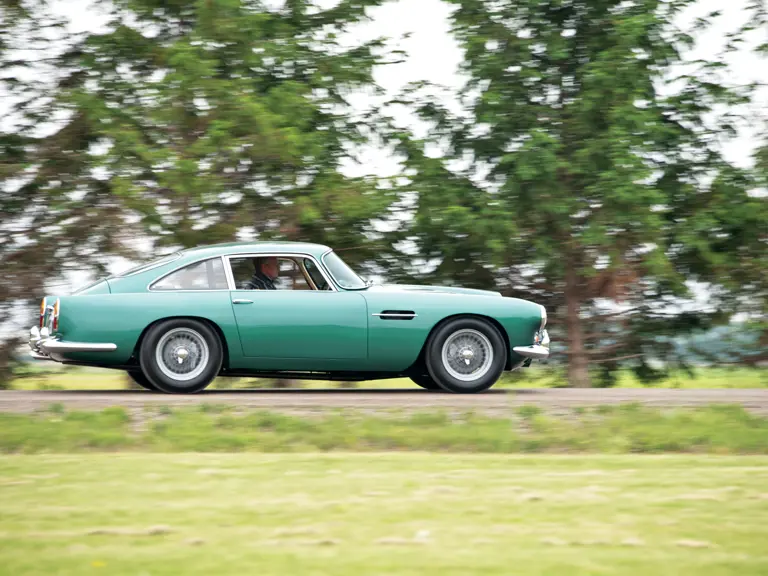
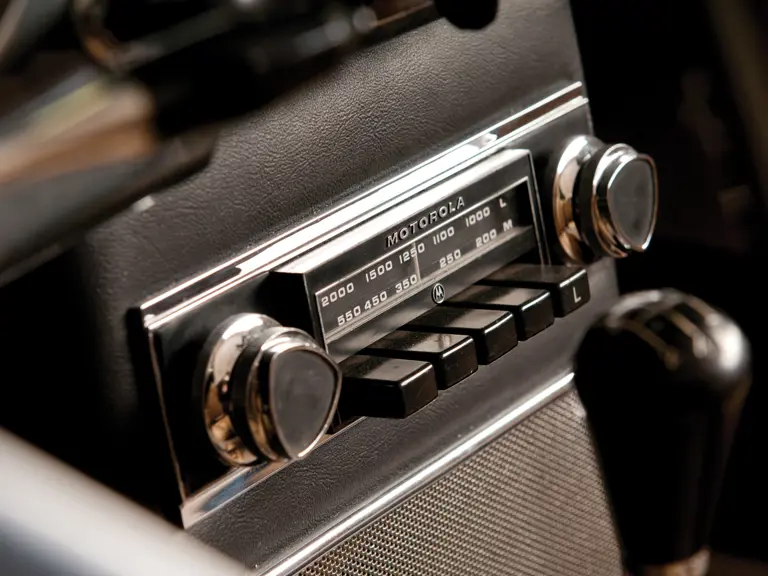
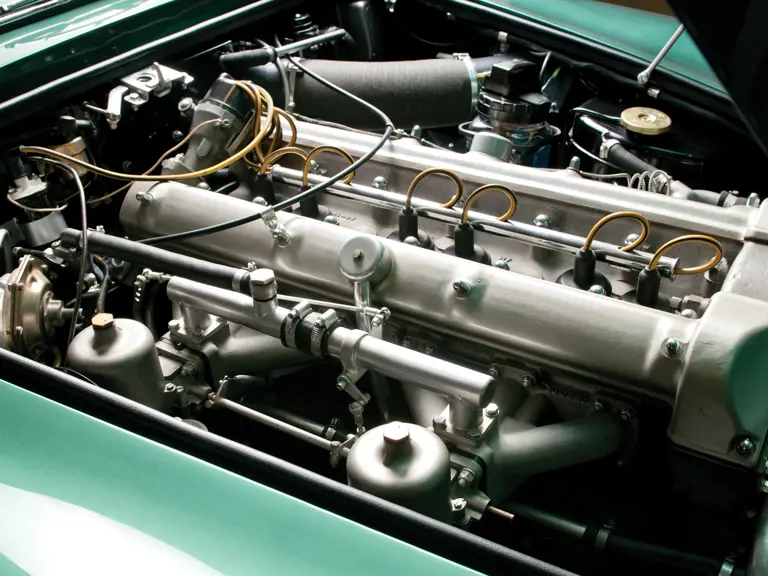
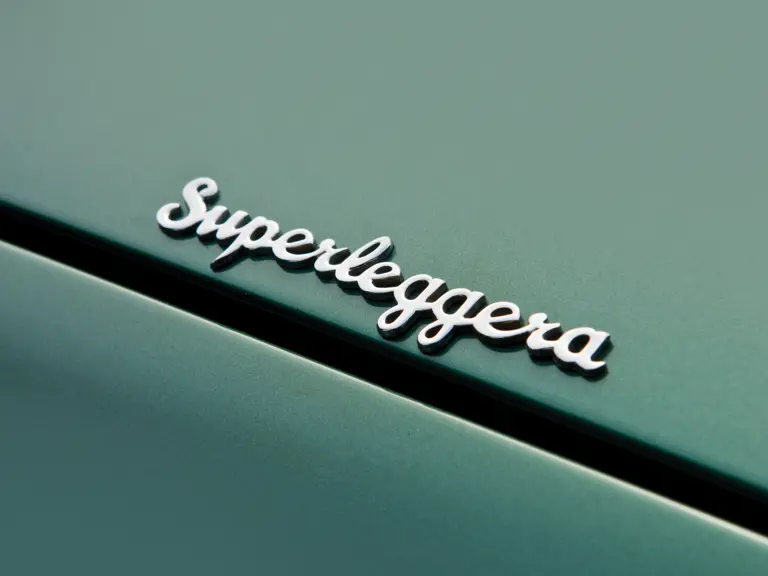
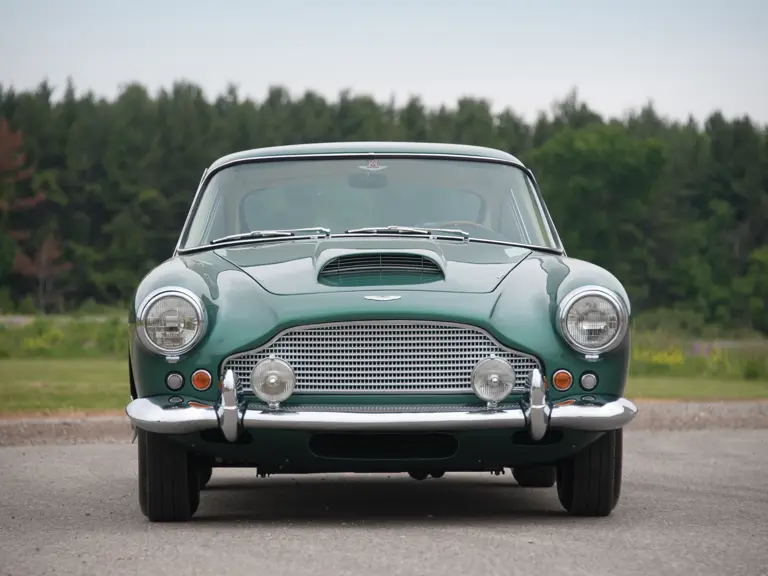

 | Monterey, California
| Monterey, California

